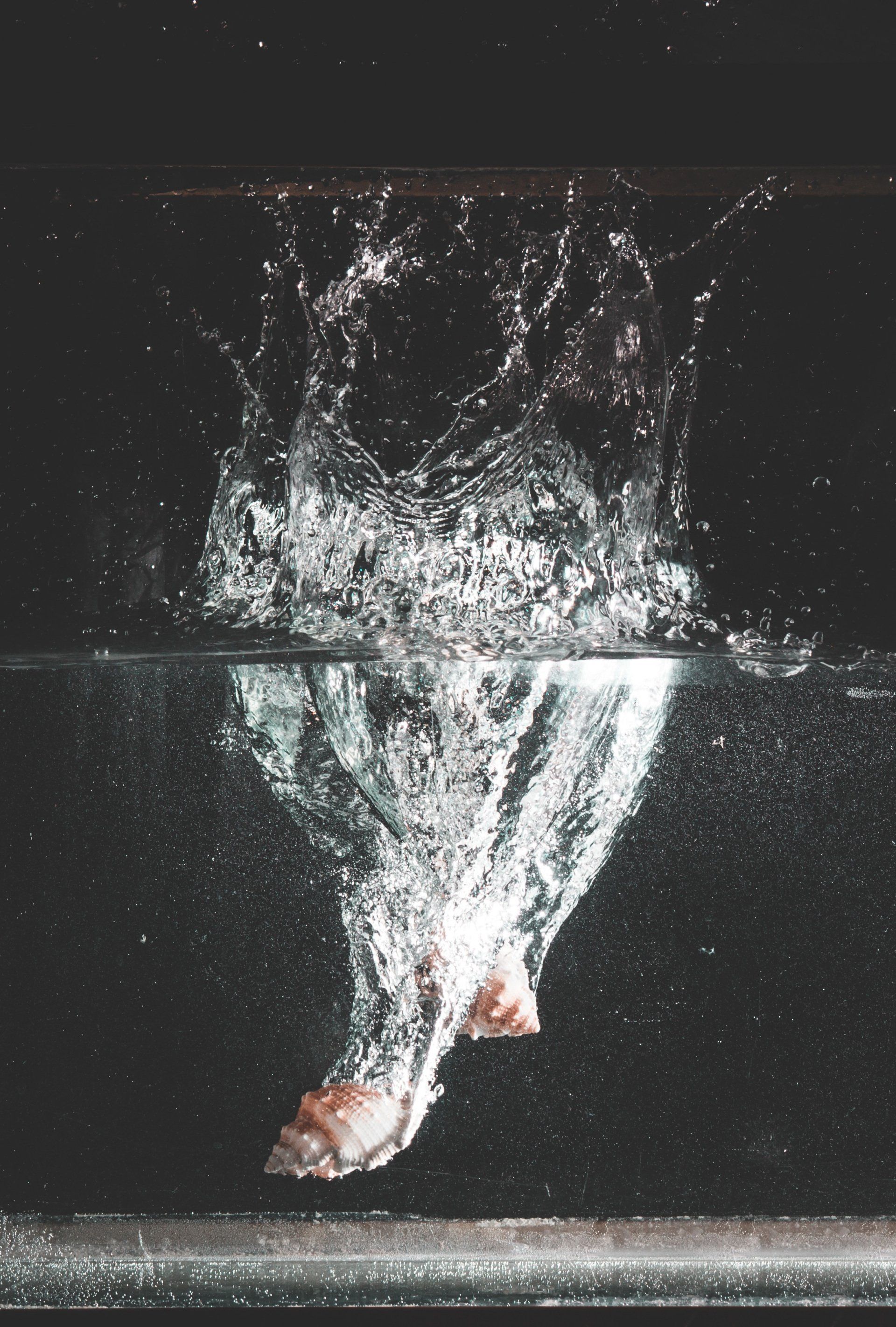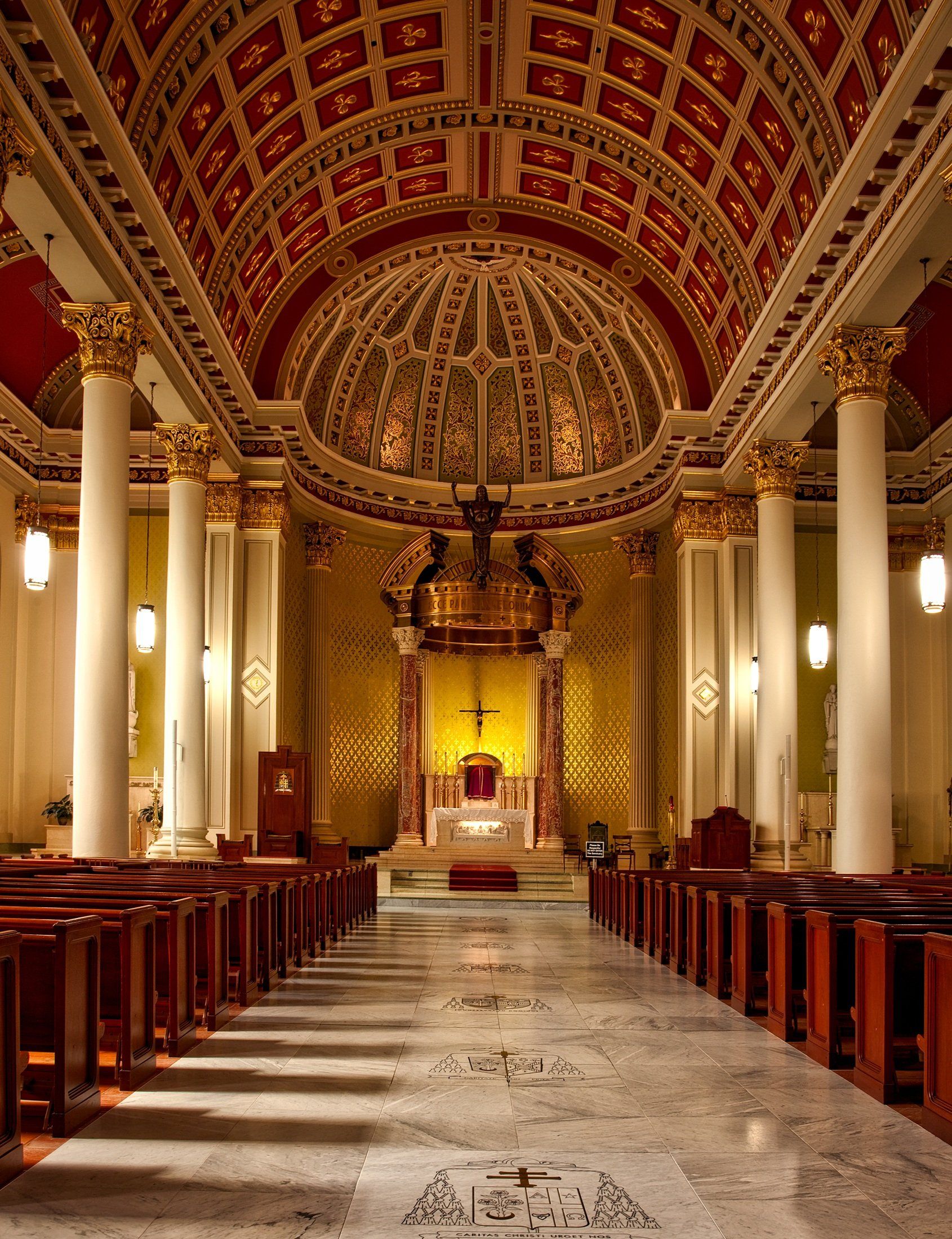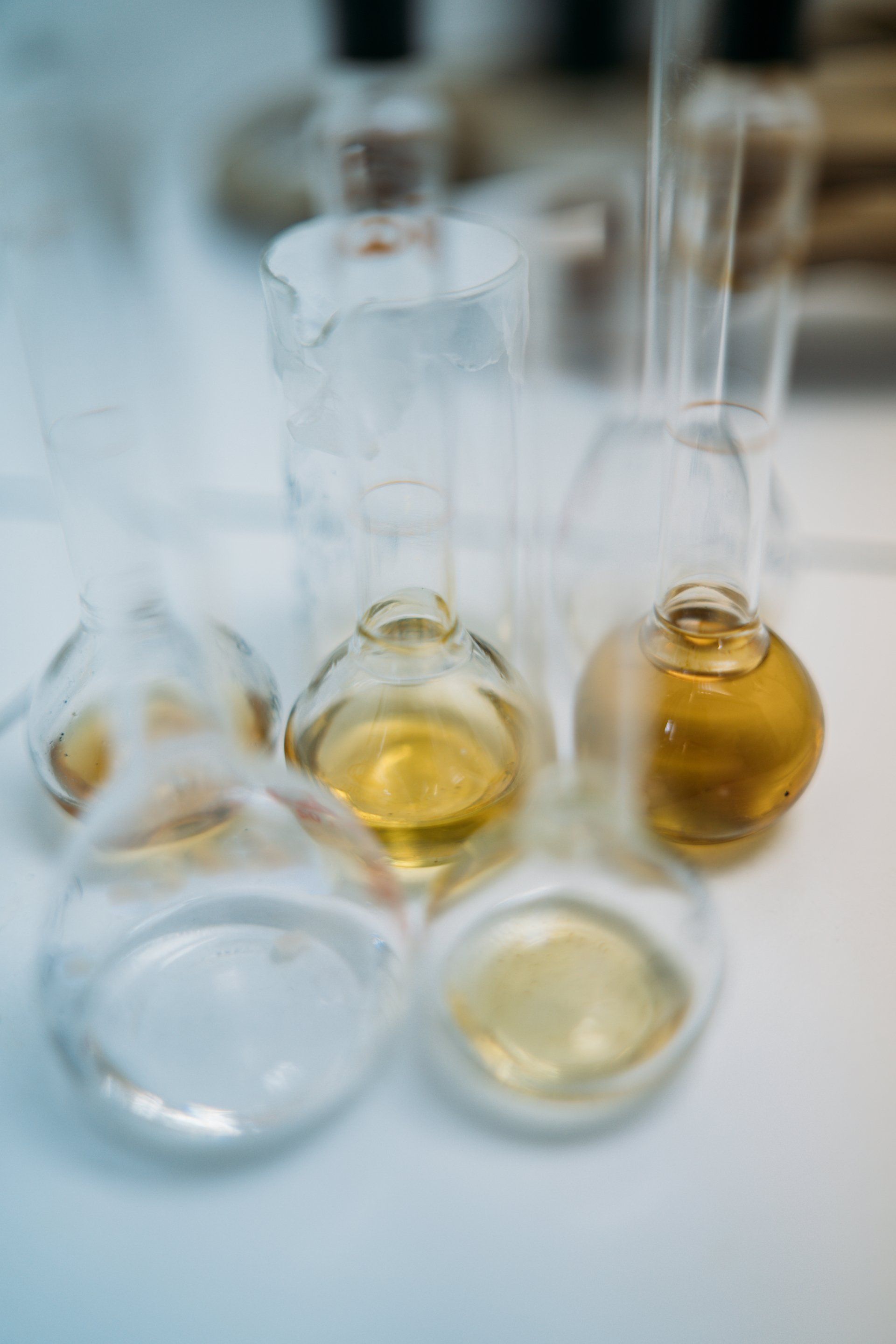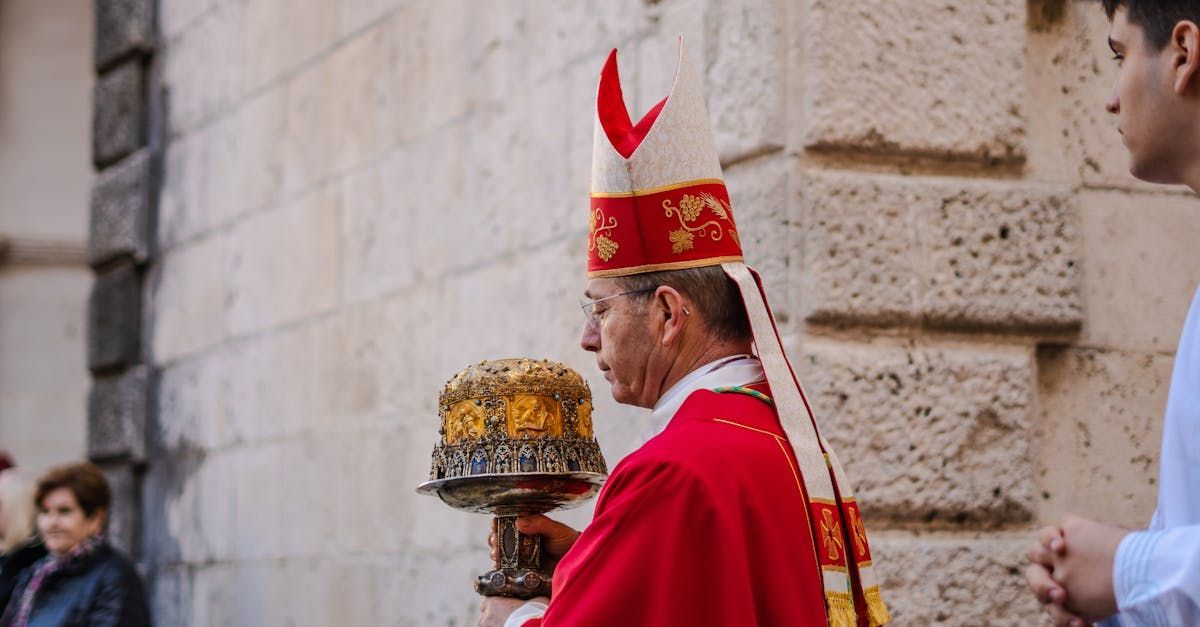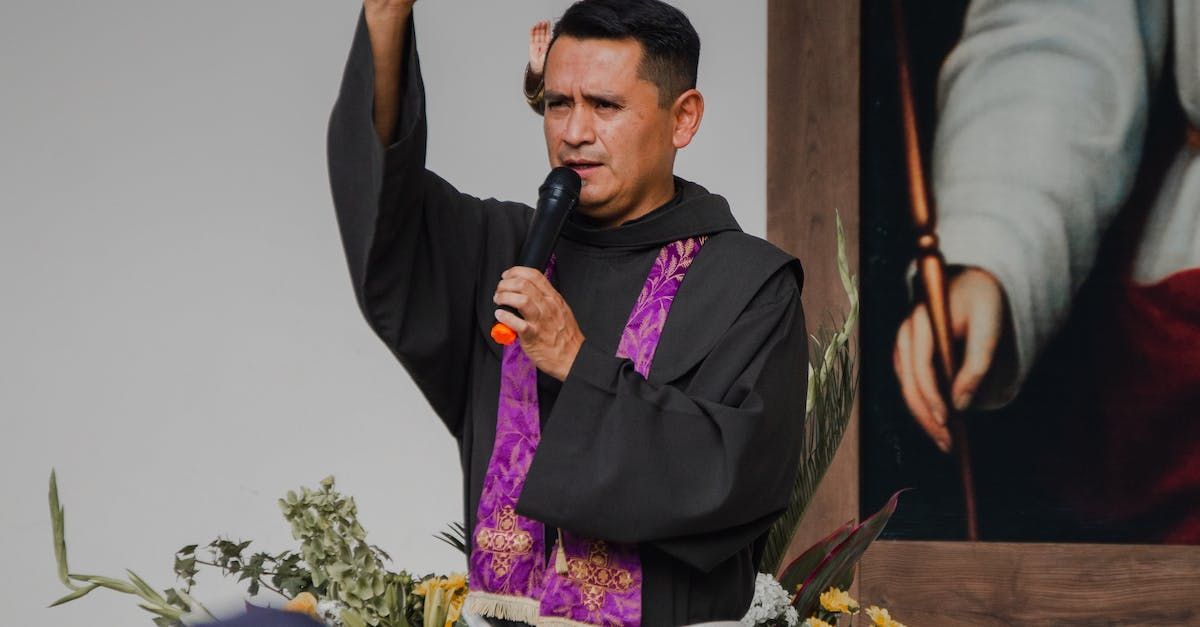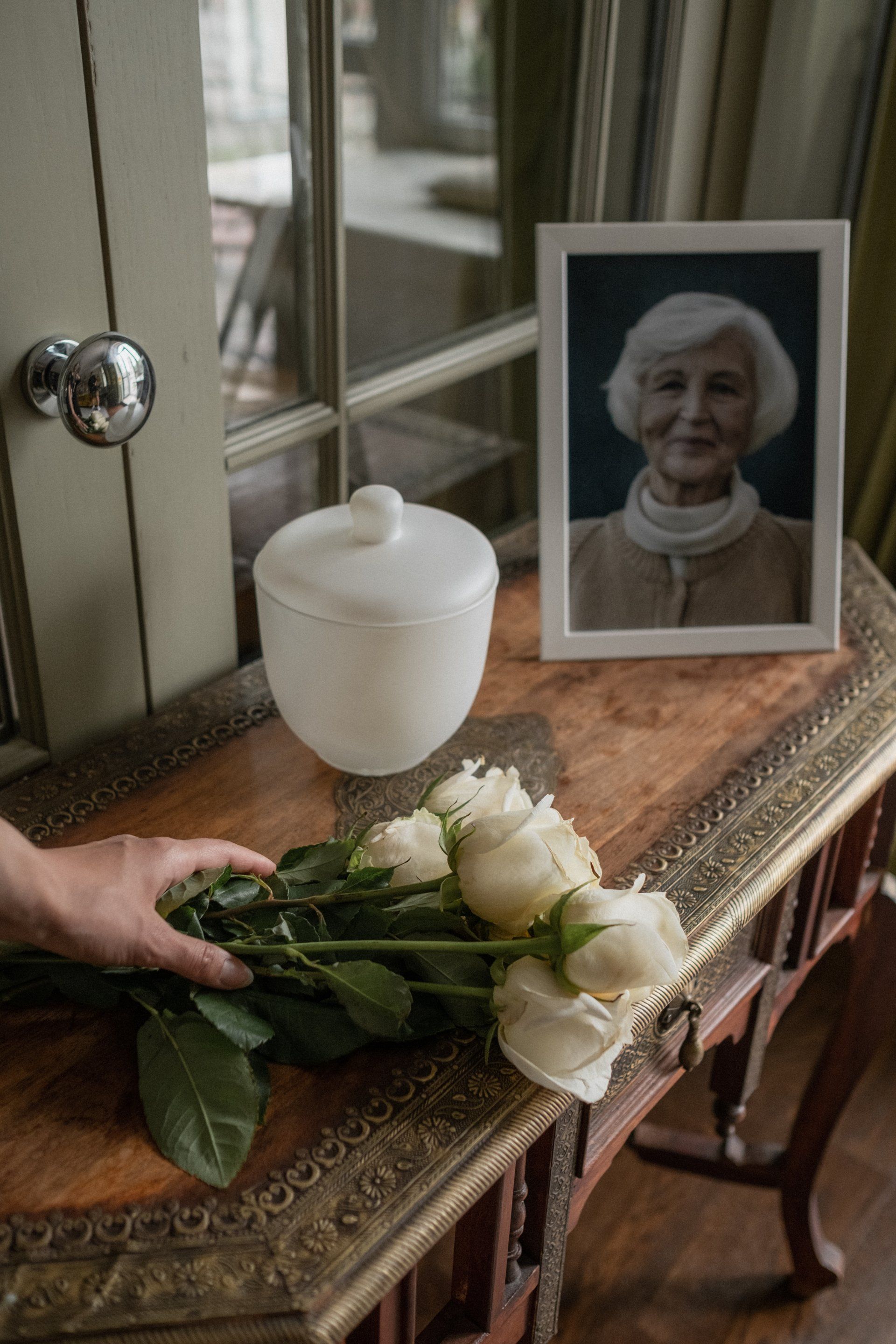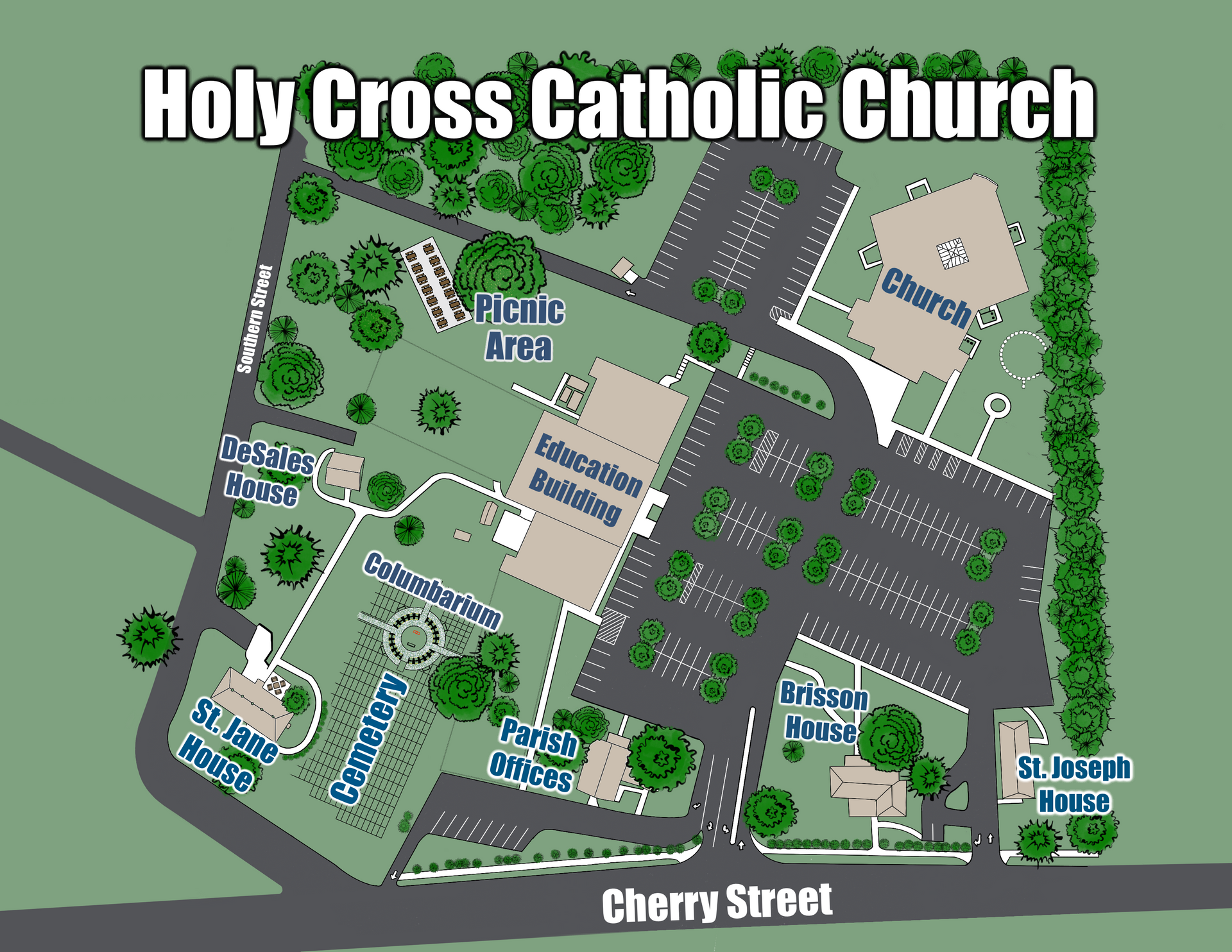Vatican II & Liturgy - Part 8
“That more perfect form of participation in the Mass whereby the faithful, after the priest's communion, receive the Lord's body from the same sacrifice, is strongly commended.
The dogmatic principles which were laid down by the Council of Trent remaining intact (Session XXI, July 16, 1562. Doctrine on Communion under Both Species , chap. 1-3: Condlium Tridentinum. Diariorum, Actorum, Epistolarum , Tractatuum nova collectio ed. Soc. Goerresiana, tome VIII (Freiburg in Br., 1919), 698-699), communion under both kinds may be granted when the bishops think fit, not only to clerics and religious, but also to the laity, in cases to be determined by the Apostolic See, as, for instance, to the newly ordained in the Mass of their sacred ordination, to the newly professed in the Mass of their religious profession, and to the newly baptized in the Mass which follows their baptism.
“The two parts which, in a certain sense, go to make up the Mass, namely, the liturgy of the word and the eucharistic liturgy, are so closely connected with each other that they form but one single act of worship. Accordingly this sacred Synod strongly urges pastors of souls that, when instructing the faithful, they insistently teach them to take their part in the entire Mass, especially on Sundays and feasts of obligation.
“Concelebration, whereby the unity of the priesthood is appropriately manifested, has remained in use to this day in the Church both in the east and in the west. For this reason it has seemed good to the Council to extend permission for concelebration to the following cases:
1a) on the Thursday of the Lord's Supper, not only at the Mass of the Chrism, but also at the evening Mass; 1b) at Masses during councils, bishops' conferences, and synods; 1c) at the Mass for the blessing of an abbot. Also, with permission of the ordinary, to whom it belongs to decide whether concelebration is opportune: 2a) at conventual Mass, and at the principle Mass in churches when the needs of the faithful do not require that all priests available should celebrate individually; 2b) at Masses celebrated at any kind of priests' meetings, whether the priests be secular clergy or religious. Nevertheless, each priest shall always retain his right to celebrate Mass individually” (Second Vatican Council, Sacrosanctum Concilium , 55-57).
Prior to the early 1900’s, it was customary for the faithful to receive Holy Communion infrequently and outside of Mass. Many times the faithful would attend Mass. Afterwards, those who wished to receive the Sacred Host would remain, and the priest would give a brief homily and distribute Holy Communion. In the early 1900’s, Pope Pius X encouraged more frequent reception of Holy Communion, and gave permission to celebrate the Rite of Holy Communion immediately after the priest’s Communion during Mass. It became the norm, and so the Council sought to weave this Rite more organically into the rubrics of the Mass. We can also note that Communion under both species was never allowed or encouraged wholesale by Vatican II, such as auxiliary chalices at daily Masses. It was to be employed on special occasions determined by the Holy See.
Pastor's Ponderings

